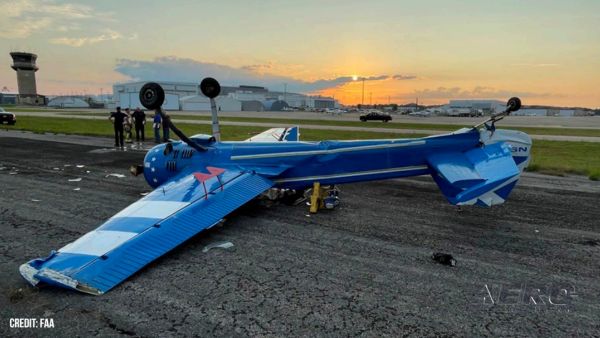Sun, Sep 07, 2003
Advertisement
More News
 Airborne-NextGen 05.28.25: SpaceX Tries Again, Electra Blown Wing, Solar Record
Airborne-NextGen 05.28.25: SpaceX Tries Again, Electra Blown Wing, Solar Record
Also: Horizon X7 eVTOL, Golden Dome, Merlin Exp A/W Cert, Rotors v Trees SpaceX launched its ninth flight test of a complete Starship vehicle nearly on time after a few minutes of >[...]
 Oshkosh Memories: An Aero-News Stringer Perspective
Oshkosh Memories: An Aero-News Stringer Perspective
From 2021: The Inside Skinny On What Being An ANN Oshkosh Stringer Is All About By ANN Senior Stringer Extraordinare, Gene Yarbrough The annual gathering at Oshkosh is a right of p>[...]
 Aero-News: Quote of the Day (05.27.25)
Aero-News: Quote of the Day (05.27.25)
Aircraft shipments through Q1 2025 show that piston airplanes increased to 353 units, turboprops increased to 133 units, and bizjets increased to 141 units. The total value of airp>[...]
 ANN's Daily Aero-Term (05.27.25): Handoff
ANN's Daily Aero-Term (05.27.25): Handoff
Handoff An action taken to transfer the radar identification of an aircraft from one controller to another if the aircraft will enter the receiving controller's airspace and radio >[...]
 ANN's Daily Aero-Linx (05.27.25)
ANN's Daily Aero-Linx (05.27.25)
Aero Linx: The Great War Aviation Society The Great War Aviation Society is a registered charity (1117741) dedicated to researching, preserving and sharing information about this t>[...]
blog comments powered by Disqus



